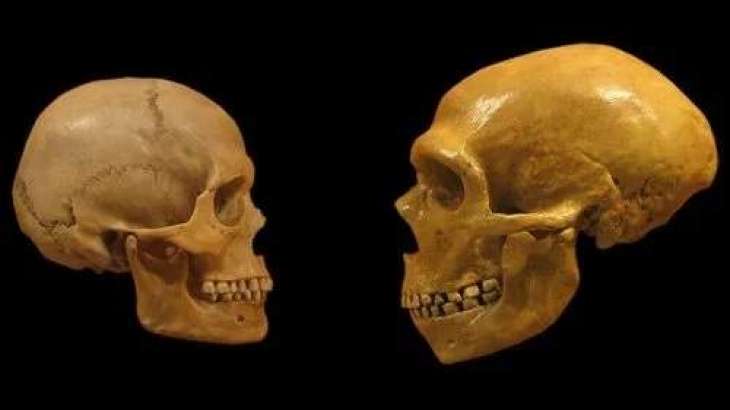A group of scientists from several countries, along with Russian archaeologists have determined that Neanderthals had fine motor skills that are almost on par with that of modern-day humans, indicating possession of similar cognitive abilities, the Institute of Archaeology and Ethnography of the Siberian Branch of the Russian Academy of Sciences, said on Wednesday
NOVOSIBIRSK (Pakistan Point News / Sputnik - 12th January, 2022) A group of scientists from several countries, along with Russian archaeologists have determined that Neanderthals had fine motor skills that are almost on par with that of modern-day humans, indicating possession of similar cognitive abilities, the Institute of Archaeology and Ethnography of the Siberian Branch of the Russian academy of Sciences, said on Wednesday.
According to the institute, the scientists have published the article "How Neanderthals gripped retouchers: experimental reconstruction of the manipulation of bone retouchers by Neanderthal stone knappers" in the Archaeological and Anthropological Sciences journal, detailing their analysis of grips for manipulating bone instruments used for retouching stone tools. This research is unparalleled in global archaeological science.
"The research's results are directly related to what we know about the Neanderthals fine motor skills, which, despite existing stereotypes, was not that much different from the modern human's fine motor skills. Fine motor skills reflect cognitive abilities of all people," the institute said in a statement, adding that this means that "their cognitive abilities were not much different from people who are alive today."
To find this out, scientists from Russia, France and the United States created a collection of experimental bone instruments and tried two different ways of holding them with five digits or with three. The researchers learned that the first way results in bone instruments' having a larger active area, used to hit stone tools, as well as larger amount of bone removed by the retoucher. They have also discovered that the orientation and grip of the retoucher are more important for the active area than the extent of the instrument's use.
In the past, Neanderthals were considered a much more primitive specie of humans than Homo Sapiens. However, in recent years, the study of prehistoric populations revealed them to be much closer to modern humans than it was originally thought.




